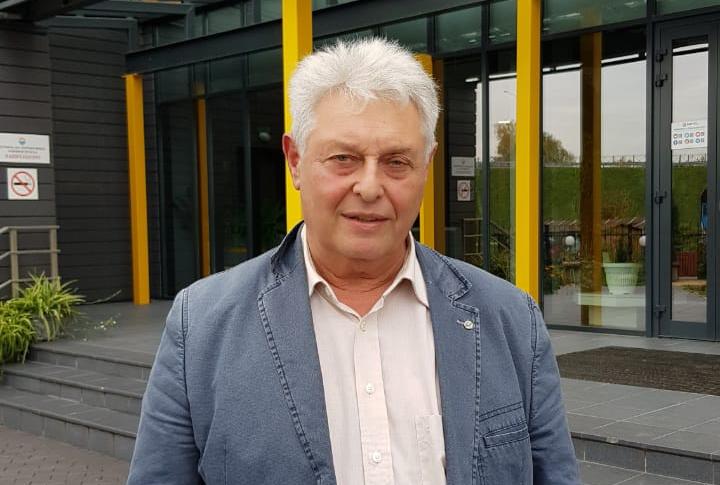Photo: professor, Dr . Yuri Dekhtyar
Authors and affiliations
Prof., Dr.Yuri Dekhtyar + other.
Оптическая метрология нового оптически стимулированного полупроводникового газового сенсора
Abstract
Modern semiconductor sensors which are used for gas detection are based on an MOS (metal–oxide–semiconductor) structure, but the usage of such sensors is limited due to its working principles. Over the last decade, MOS sensors have been combined with a UV-radiation source, but the sensing capabilities of a low gas concentration for those sensors are limited. In previous studies, the possibility to use optically stimulated semiconductors to sense acetone gas at lower concentrations was demonstrated [1]. Another study demonstrated the possibility to sense and determine various solvent gases, where acetone vapour showed the highest signal increase [2].
In this paper, the influence of optical stimulation parameters (irradiance and wavelength) on the output current change and saturation time for an optically stimulated semiconductor gas sensor was studied. It was shown that the maximal deviation of the output current change is achieved at lower tested irradiance Φ = 1.6 mW·cm−2, and the saturation time decreases with the increase of irradiance. The use of a 367.5 nm LED demonstrated a higher output current change. The saturation time decreased with the increase of the wavelength.
Keywords
Optical stimulation parameters Acetone gas sensing Room temperature
Иллюстрация: rl-omega.ru
https://link.springer.com/chapter/10.1007/978-3-030-31635-8_56











